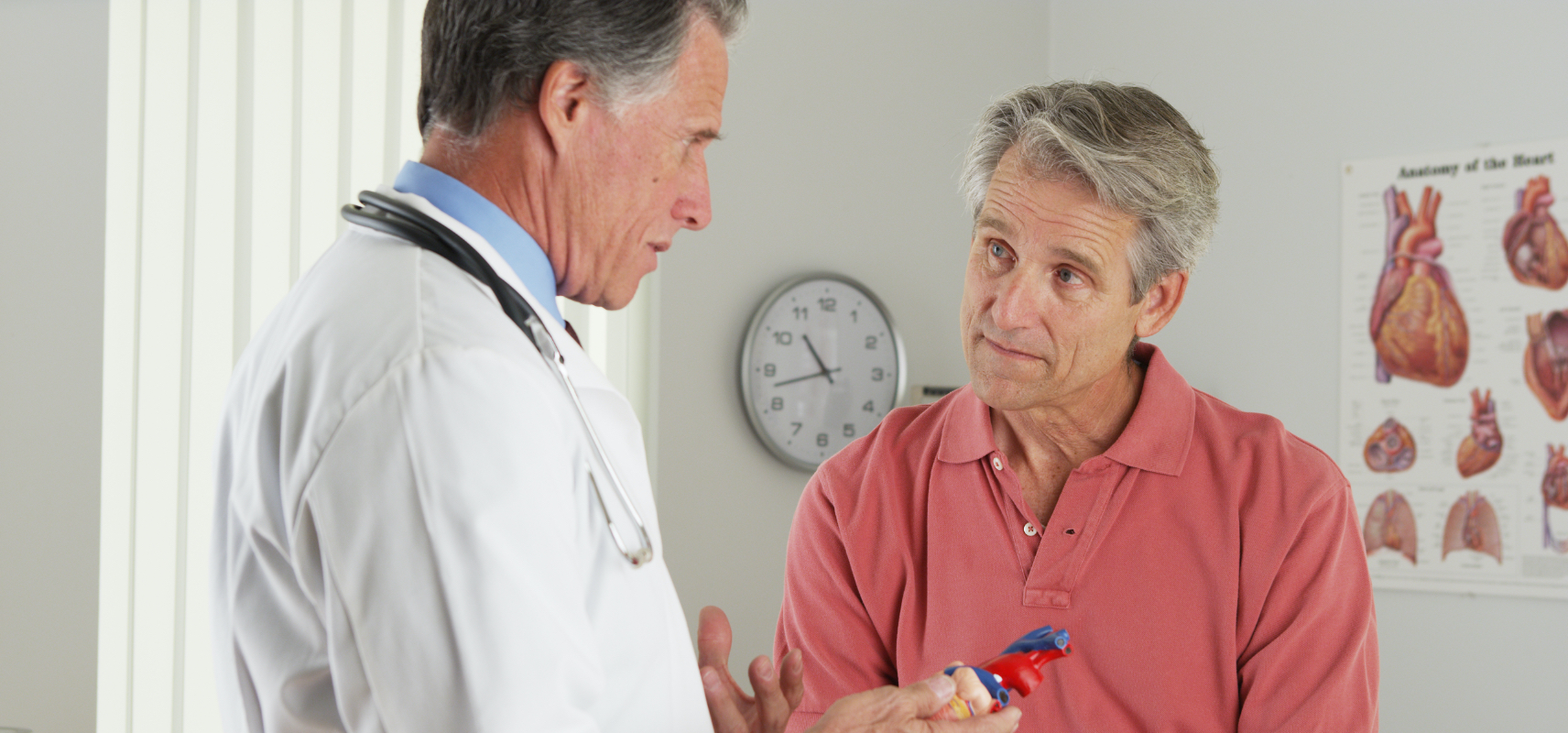Heart disease is one of the leading causes of death worldwide, and it affects millions of people. Two common heart conditions are angina and heart failure. While there are various treatments available for these conditions, one non-invasive option that has shown promising results is Enhanced External Counterpulsation (EECP) therapy. In this article, we will discuss how EECP works and its benefits for patients with angina and heart failure.
What is EECP and Angina?
EECP Treatment is a non-invasive treatment that involves placing cuffs around the patient’s calves, thighs, and buttocks. The cuffs inflate and deflate in rhythm with the patient’s heartbeat to increase blood flow to the heart. This increased blood flow helps to supply oxygen-rich blood to the heart muscle, which can reduce symptoms of angina and heart failure.
Angina is a condition that causes chest pain or discomfort when the heart muscle does not receive enough oxygen-rich blood. Patients with angina often describe the pain as a tightness, pressure, or squeezing sensation in the chest. EECP therapy can improve blood flow to the heart and reduce the frequency and severity of angina symptoms.
What is heart failure?
Heart failure is a condition in which the heart is not able to pump enough blood to meet the body’s needs. This can cause symptoms like fatigue, shortness of breath, and swelling in the legs. EECP therapy can improve blood flow to the heart and reduce the workload on the heart muscle, which can improve symptoms of heart failure.
How EECP Works?
EECP therapy involves a series of treatment sessions that typically last for one hour. During each session, the patient lies down on a treatment table while the cuffs around their calves, thighs, and buttocks inflate and deflate in a specific sequence. Patients may need to undergo 35 to 40 sessions over several weeks to see the full benefits of EECP therapy.

EECP therapy is a safe and non-invasive treatment option for patients with angina and heart failure. Unlike other treatments, such as bypass surgery or angioplasty, there are no surgical incisions or anesthesia required for EECP therapy. This means that patients can typically return to their normal activities immediately after a treatment session.
In addition to being non-invasive, EECP therapy has several other benefits. For example, it can improve overall cardiovascular function, which can have long-term health benefits. It can also reduce the need for medications and other treatments for angina and heart failure. Additionally, EECP therapy is a good option for patients who cannot undergo surgery due to their age, other medical conditions, or personal preferences.
EECP therapy is available at various heart hospitals and clinics across India, Saaral heart center is well equipped heart care center, they provides best EECP treatment in surat.
Saaral heart center has a second branch in navsari they are very renowned for best results providing for EECP treatment in navsari. including Surat and Navsari. It is important for patients to choose a heart specialist who is experienced in performing EECP therapy and can provide personalized treatment plans based on their individual needs.
Before undergoing EECP therapy, patients will need to undergo a thorough evaluation to determine if they are a good candidate for the treatment. This evaluation may include a physical exam, electrocardiogram (ECG), echocardiogram, and other tests to evaluate heart function.
Conclusion
EECP therapy is a non-invasive and effective treatment option for patients with angina and heart failure. By improving blood flow to the heart and reducing symptoms, EECP therapy can improve quality of life for patients and reduce the need for medications and other treatments. If you are experiencing symptoms of angina or heart failure, talk to your doctor about whether EECP therapy may be a good option for you.




